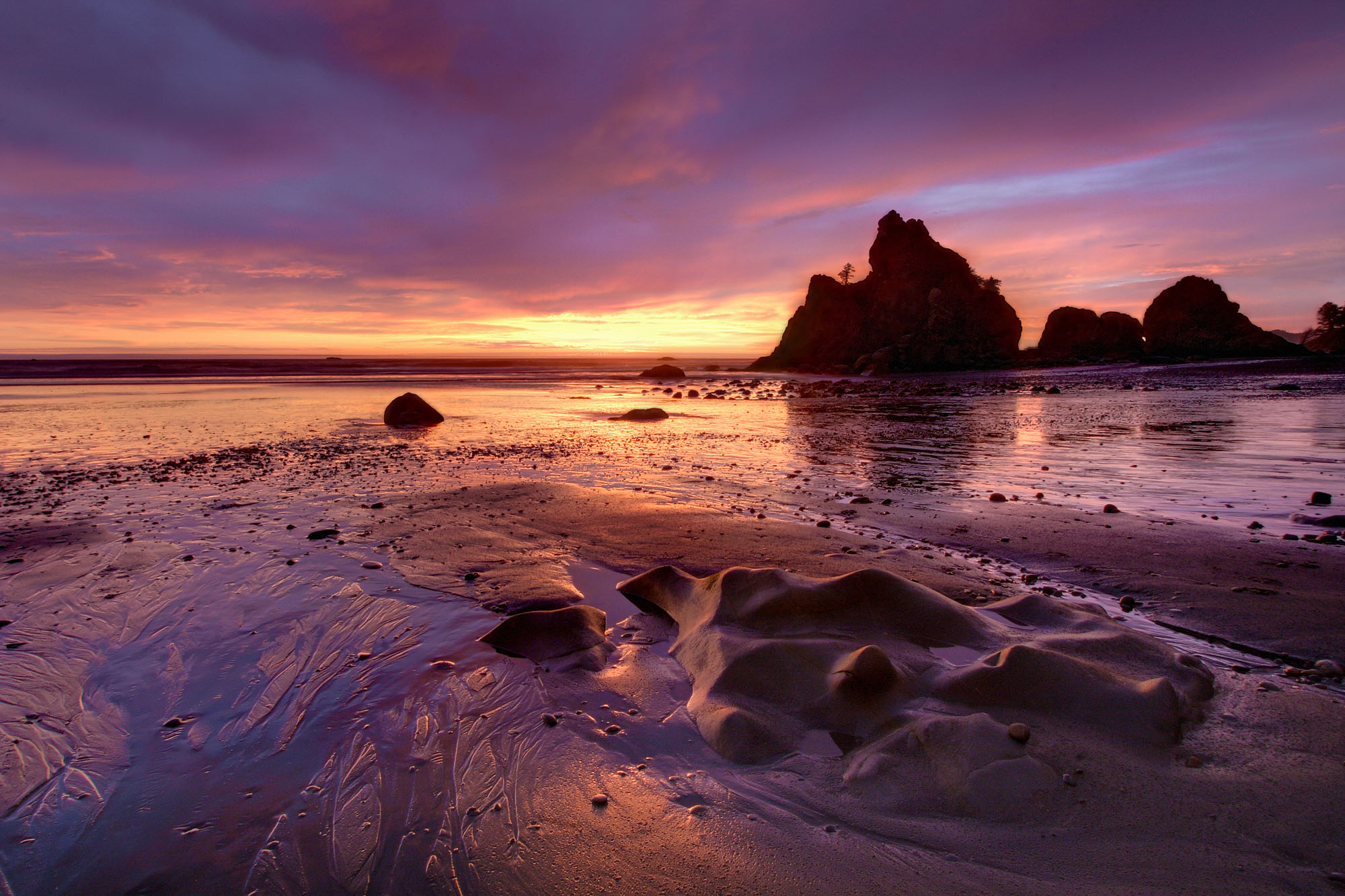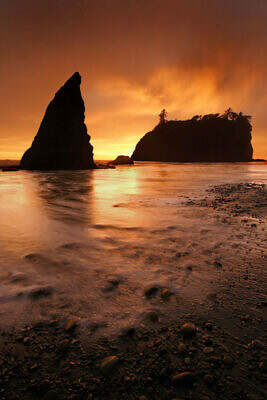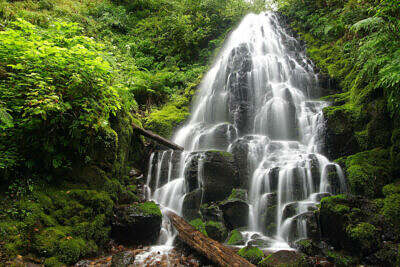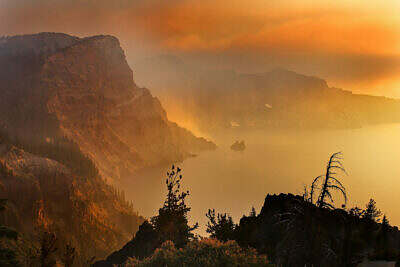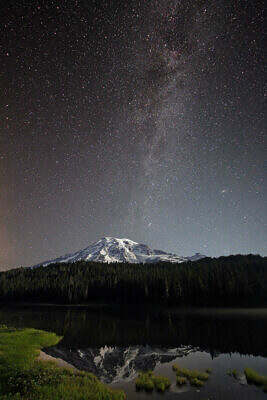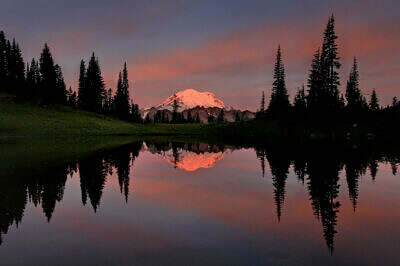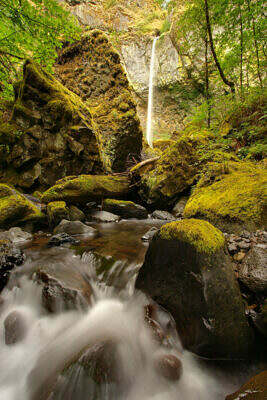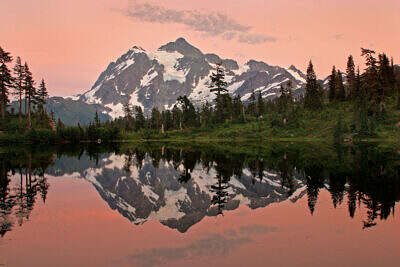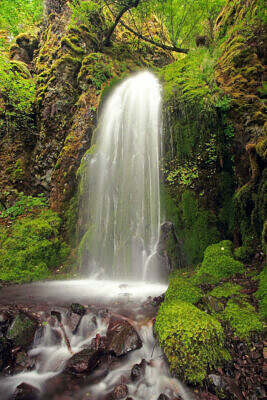Ruby Beach in Olympic fascinates with its impressive sea stacks and sand patterns in the back light of the sunset. The Pacific coastline in Washington is a tectonically very active region and is repeatedly struck by severe earthquakes and tsunamis.
-
The geology of the Olympic coastline
Land on the Move
- Growth of a Continent
- Life on Lava
- Paintings with Light
- Earth Spirit Rising
- Into a Distant Light
- Spellbound
- Cascadia Twilight
- A Dream within a Dream

